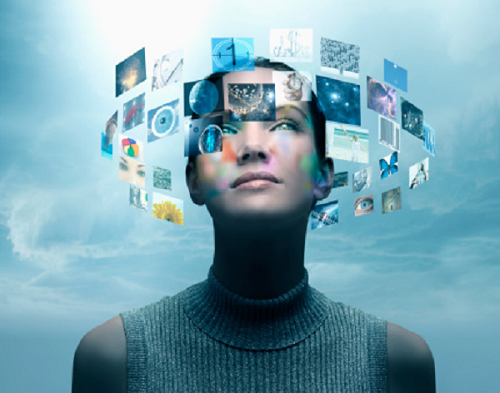Apr 14, 2025
Apr 14, 2025
by Sujata C

IT spending is increasing in companies and IT leaders across the world are welcoming this trend with childlike enthusiasm. Slowly but surely technology is becoming the axis of every company and every budget. According to Gartner research, worldwide IT spending is forecast to register an increase of 3.6% and touch $3.8 trillion in 2014. Digitization is uncovering new capabilities and possibilities. Experts at Gartner say, this is an indication of a new era: the Digital Industrial Economy.
“The Digital Industrial Economy will be built on the foundations of the Nexus of Forces (which includes a confluence and integration of cloud, social collaboration, mobile and information) and the Internet of Everything by combining the physical world and the virtual,” said Peter Sondergaard, senior vice president at Gartner and global head of Research.
“Digitalization exposes every part of your business and its operations to these forces. It is how you reach customers and constituents; how you run your physical plant; and how you generate revenue or deliver services. Enterprises doing this today are setting themselves apart and will collectively lead the new Digital Industrial Economy,” Mr. Sondergaard said.
Economic Impact of the Internet of Things
In 2009, there were 2.5 billion connected devices with unique IP addresses to the Internet, most of these were devices people carry such as cell phones and PCs. In 2020, there will be up to 30 billion devices connected with unique IP addresses, most of which will be products.
This creates a new economy. In fact, Gartner predicts that the total economic value add for the Internet of Things will be $1.9 trillion dollars in 2020, benefiting a wide range of industries, such as , healthcare, retail, and transportation.
“Computing power will be cheap and covert. We won’t know it is there; it will be in our jewelry and in our clothing,” Mr. Sondergaard said. “We will throw more computers into our laundry in a week than we’ve used in our lifetimes so far.”
“Digital changes the IT market in a big way through the Internet of Things,” Mr. Sondergaard said. “In the technology and telecom sectors, revenue associated with the Internet of Things will exceed $309 billion per year by 2020.”
Mobile smart devices have taken over the technology world. By 2017, new device categories: mobile phones, tablets, and ultra-mobile PCs will represent more than 80 percent of device spending. Gartner also forecasts that by 2017, nearly half of first-time computer purchases will be a tablet. Therefore, Mr. Sondergaard said mobile is the destination platform for all applications.
Future of IT Suppliers
The digital world runs faster for many traditional IT suppliers. In the past, the top technology companies reigned over the industry for long periods of time. However, now the leaders in areas such as cloud and mobile were not on many CIO’s radar five years ago.
“What many traditional IT vendors sold you in the past is often not what you need for the digital future. Their channel strategy, sales force, partner ecosystem is challenged by different competitors, new buying centers, and changed customer business model,” Mr. Sondergaard said. “Digitalization creates an accelerated technology-driven start up environment across the globe. Many of the vendors who are on top today, such as Cisco, Oracle, and Microsoft, may not be leaders in the Digital Industrial Economy.”
Big Data and Security
All of these “things” connected to the Internet generate data. People and their activities create data. Smart machines consumer and produce data, and mobile devices are the windows into data. Mr. Sondergaard said the effective digital enterprises harness that data to change their business.
With all of this valuable data within the IT organization, cyber security will be an ongoing concern, both inside and outside the enterprise. Mr. Sondergaard said IT leaders should anticipate events and headlines that continuously raise public awareness or create fear.
“The security of embedded technologies that your organization has right now may be the most important operational responsibility you will have in 2020,” Mr. Sondergaard said. “Digitalization will create new infrastructures and new vulnerabilities in our infrastructures. We recommend that you build a portfolio of security vendors because no single vendor addresses more than a fraction of your problem. Everyone will need to establish more agile security processes.”
Image (c) Gettyimages.com
05-Nov-2013
More by : Sujata C